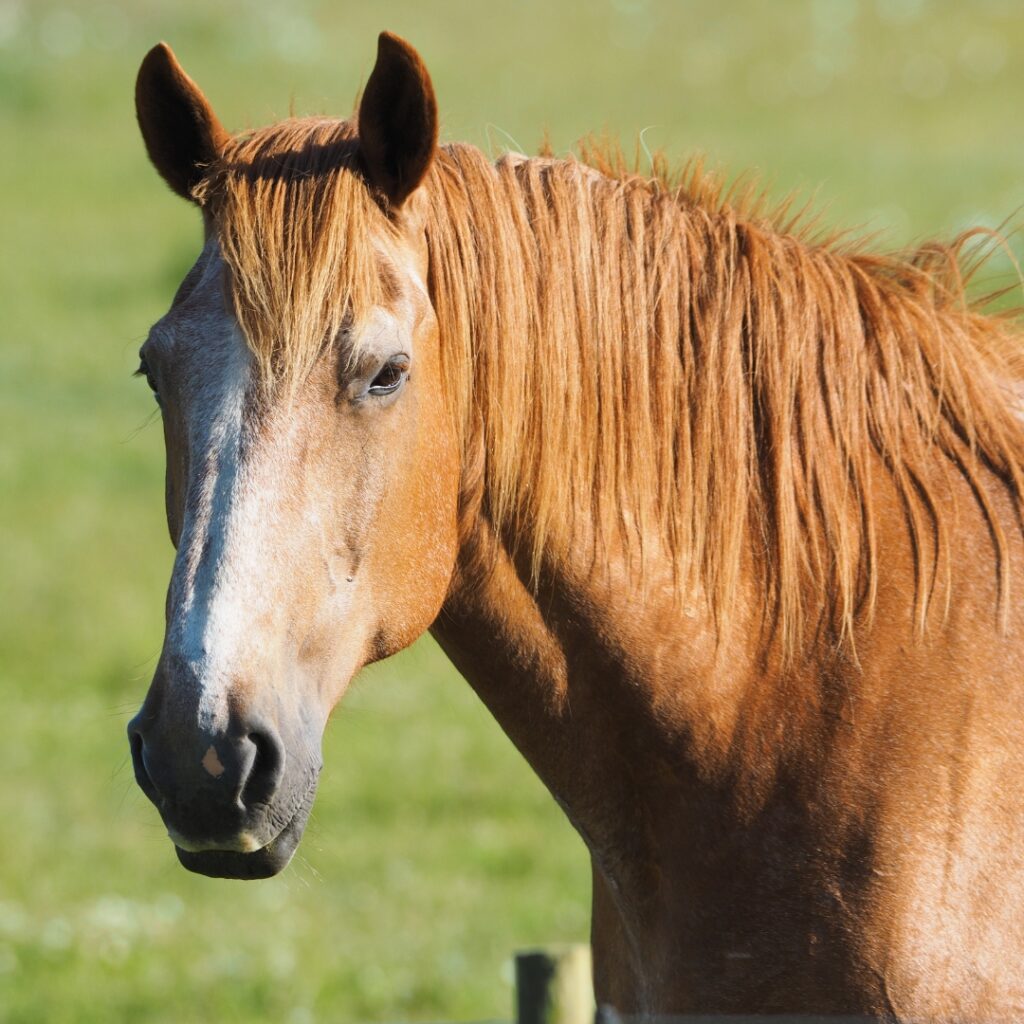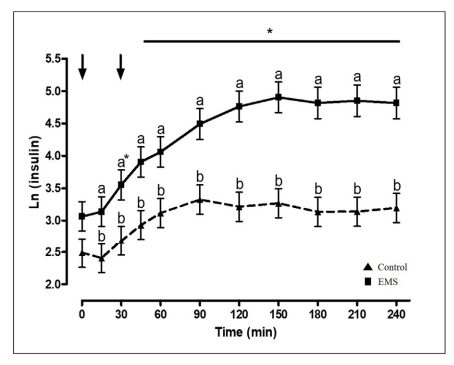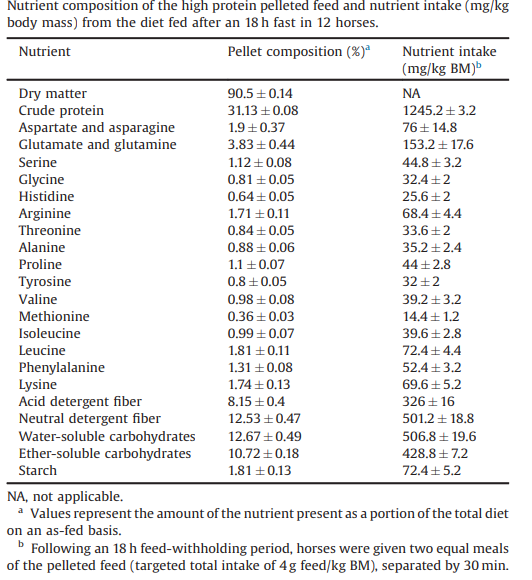
This week’s Friday with Finn is the last of the protein series. Instead of discussing a broad topic, this installment will focus on a single publication. The reference is: Loos, C. M. M., Dorsch, S. C., Elzinga, S. E., Brewster-Barnes, T., Vanzant, E. S., Adams, A. A., & Urschel, K. L. (2019). A high protein meal affects plasma insulin concentrations and amino acid metabolism in horses with equine metabolic syndrome. The Veterinary Journal, 251, 105341.
The objective of this research study was to evaluate insulin and amino acid responses following the consumption of a high-protein meal. A group of horses diagnosed with equine metabolic syndrome (EMS) were compared to a control group of healthy horses. Prior to diving into the details, let’s define EMS.
Equine metabolic syndrome is a term that is used for horses that have metabolic abnormalities, specifically insulin dysregulation. If a horse has insulin dysregulation, this means that they have elevated basal insulin levels and an exaggerated insulin response to glucose intake. This is often associated with endocrinopathic laminitis.
In the study, the horses were fed two meals, each fed at a rate of 2g/kg BW 30 minutes apart. The pellet given was 31% crude protein. Blood samples were taken at various time points and analyzed for plasma glucose, insulin, amino acids, and urea concentrations.
As expected, the EMS horses had a significantly greater insulinemic response to the high protein meal compared with the healthy horses. These results were able to illustrate that when a high protein meal was consumed it caused a hyper-insulinemic response and impacted the amino acid dynamics of the horses diagnosed with EMS. The authors are proposing that the protein content of meals should be closely investigated in addition to sugar content when dealing with metabolic horses.
There is a plethora of previous research that clearly shows how diets high in non-structural carbohydrate (NSC) content worsen insulin dysregulation and increase the risk of endocrinopathic laminitis developing. As this is a major focus, often other diet components are overlooked.
More research needs to be done in this area prior to any clear recommendations being developed as this is the first study to illustrate differences in amino acid profiles between healthy horses and horses diagnosed with EMS. Additionally, I would have liked it if they included a second group of metabolic horses that were fed a similar pelleted meal but with a lower protein content for comparison.
Unfortunately, I see horse owners feeding high protein ration balancers for at-risk horses all the time! This highlights the importance of a hay analysis prior to building a balanced nutrition program. Testing your hay and knowing the protein content will make the decision on what to feed much easier and take the guesswork out of it. When balancing a diet for metabolic horses, I always start with a forage analysis and build on that to minimize any additional sugars and protein as much as possible.
In conclusion, this article was of particular interest to me as the Hoof Doctor Laminitis | Founder clinic is coming up (see the Collaborations page to register!). If you are interested in learning more about laminitis and the nutritional management, take some time to check the clinic out.
If you are unsure about your horse’s diet and looking for some evidence-based answers, contact Madeline at balancedbaynutrition@gmail.com or at 289-259-5101.


The graph shows the blood insulin levels over time after the high-protein meal. It clearly shows the much higher blood insulin level in the EMS horses. The table gives you the nutritional information of the pellet that the horses were given in the study.
Reference:
Loos, C. M. M., Dorsch, S. C., Elzinga, S. E., Brewster-Barnes, T., Vanzant, E. S., Adams, A. A., & Urschel, K. L. (2019). A high protein meal affects plasma insulin concentrations and amino acid metabolism in horses with equine metabolic syndrome. The Veterinary Journal, 251, 105341.